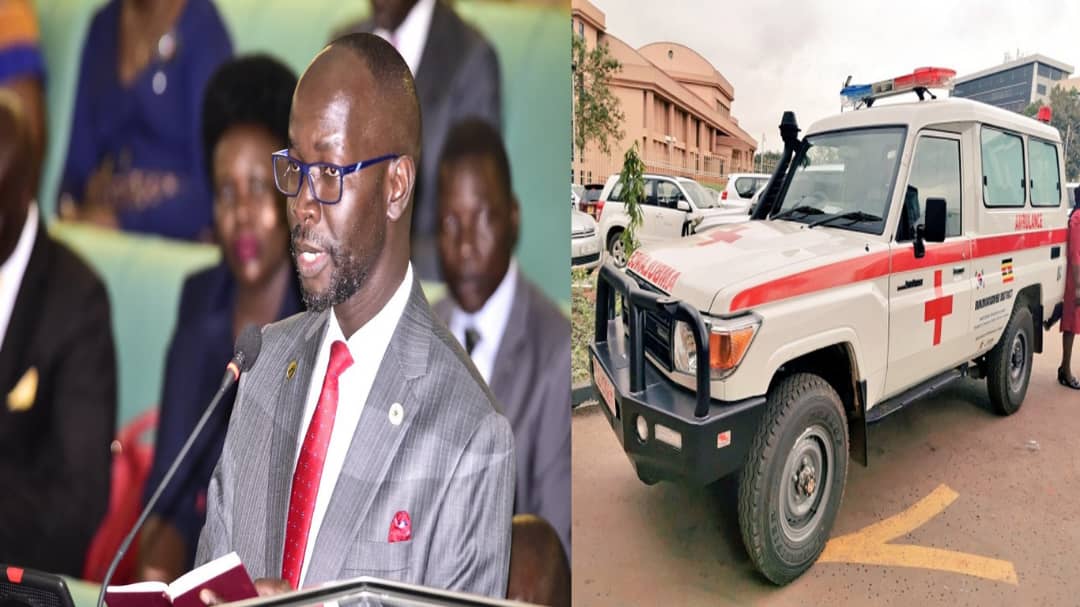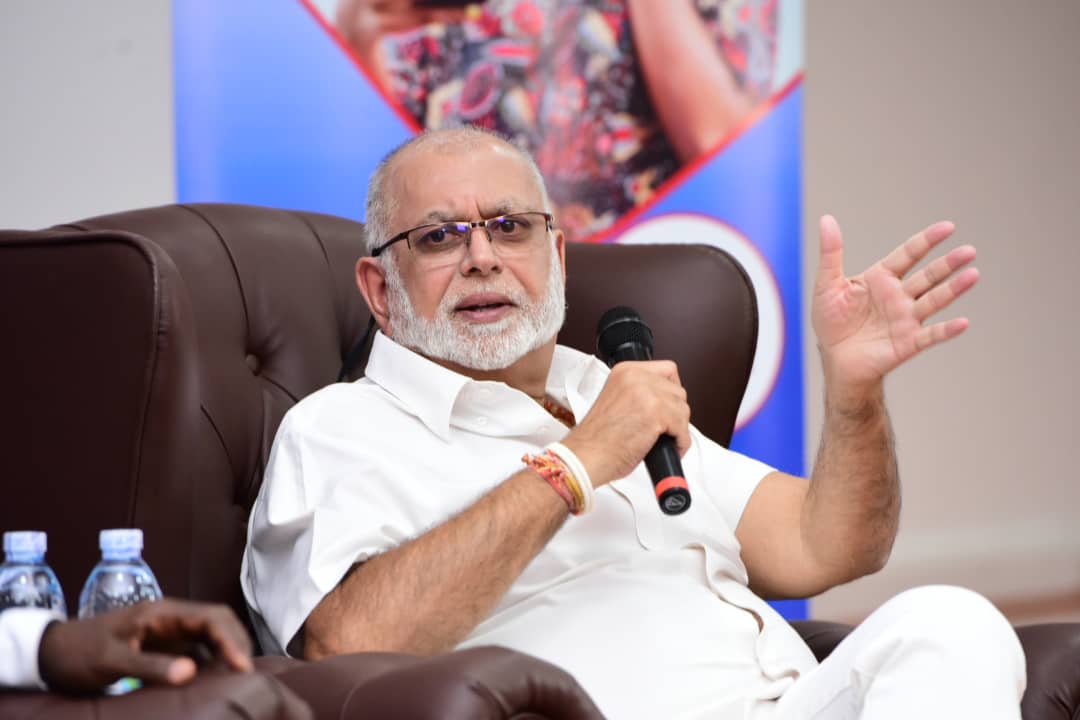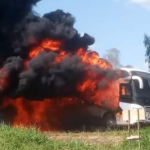The government Chief Whip, Denis Hamson Obua has tasked the Ministry of Health to present a status report on the distribution of ambulances to different public health facilities in the country.
Obua made the commitment during Thursday’s plenary sitting presided over by Speaker of Parliament RT. Hon. Anita Among where he assured Legislators that Uganda’s Health Ministry needs to explain why most hospitals are not having ambulances bought by the government.
“I undertake to move the Ministry of Health to come and explain to this Parliament why Kapchorwa hospital and any other District hospitals in Uganda are not having ambulances bought by the government,” Obua said.
He was responding to a matter raised by Kween County MP William Chemonges who decried the lack of an ambulance to rescue sick people to Kapchorwa hospital.
Chemonges informed the House that in the last few weeks atleast five mothers have lost their lives while trying to give birth because of the lack of an ambulance to transfer them from lower Health facilities to Kapchorwa hospital.
Last year, Dr. John Bosco Wanaiye, who heads the Emergency Services Division in the ministry said that government plans to procure 500 type B ambulances that will be circulated equitably across the country.
He added that in addition, they will procure 20 Type C ambulances, five boat ambulances and aero medical services that will be running by the Police and Army. Type C ambulances are those where a patient will be able to get advanced life support aboard including a minor lifesaving surgery.
The use of Ambulances
Road ambulances are used when transfer distances are short in high-density populations or when adverse weather prevents helicopter transport.
Trips of 30 minutes one way, even up to 60 minutes in less densely populated areas, are preferable. Beyond 1 hour, ambulances become uncomfortable, and long trips may inappropriately deprive a local area of its EMS vehicle for a considerable period of time. This period includes the time taken to unload and return; if prolonged, it is unjustified if an alternative such as a helicopter is available.
There are many situations that call for immediate or drastic medical responses or otherwise a person’s condition worsens. The ambulance service is essential in every society, in saving lives and provision of services that prevent occurrences of irreversible medical complications. Many ambulances operate from designated points like hospitals and other emergency control centers.
Some of the uses of such services include quick treatment and stabilization of casualties that lead to prevention of any mishap before getting to the hospitals. The provision of immediate and effective medical care can save a life or two and at times, it may lead to prevention of serious medical complications that may result from the emergencies that the patients are involved in. The medical crew and other persons on board get first-aid training. This makes them able to deal with situations like profuse bleeding, cardiac arrests, falls or crush injuries, among others.
The ambulances also facilitate the transportation of patients from a scene of accident to the hospital. This provides for the patients getting better and enhanced medical care that may be deemed necessary at that time. Ambulance services are also useful in the transferring of patients from one medical institution to may be a more advanced institution for more advanced treatment. Still on the transportation, the services are useful if a patient needs to be transported over long distances.
Another importance of ambulances is that they help in the provision of medical services to areas that may have been hit by disease out breaks or other serious health hazards. Another situation where these services are useful is the war zones. People get injured in war and so treatment and medical care is called for. Ambulance services can also be used in the evacuation of the injured from disaster stricken areas.
![]()




























